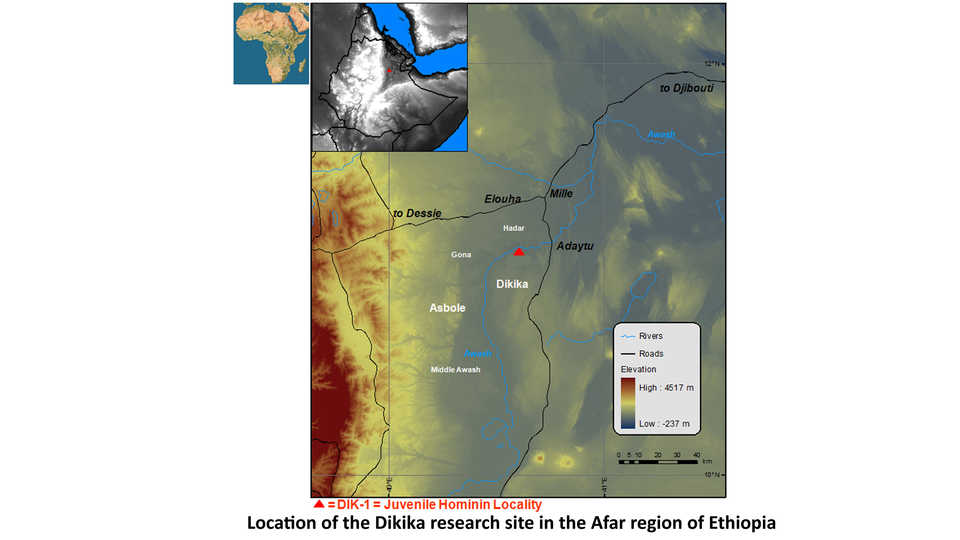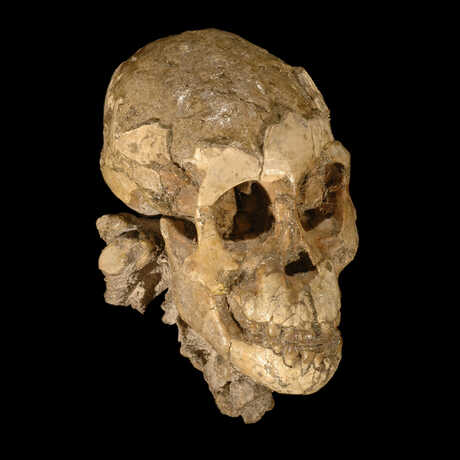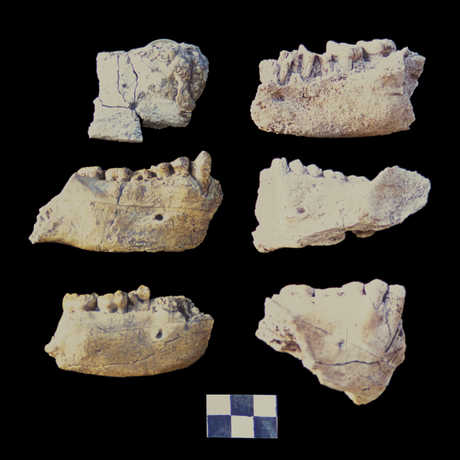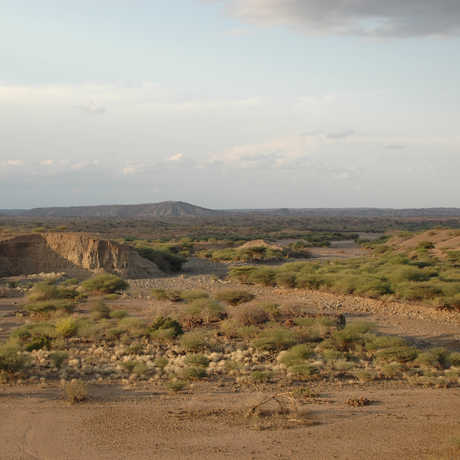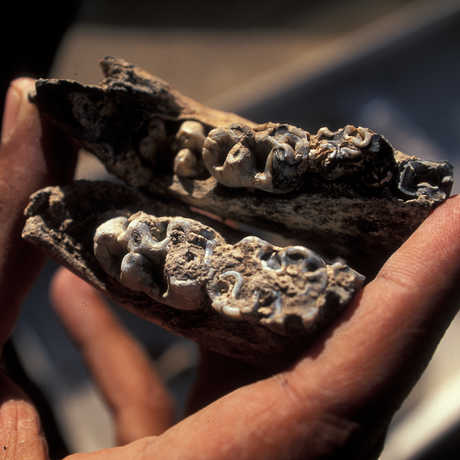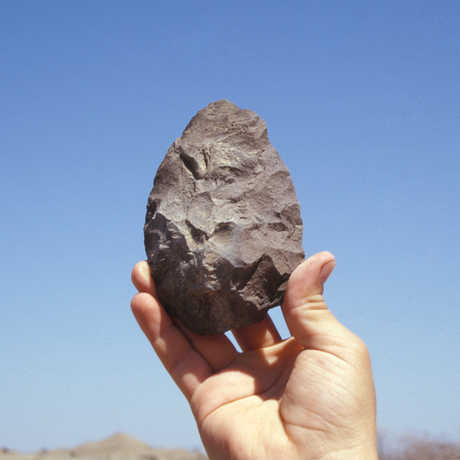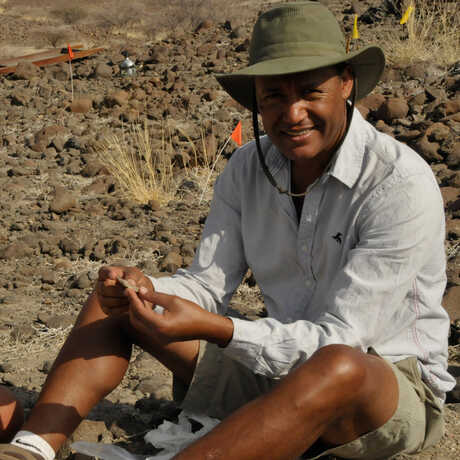Dr. Zeray Alemseged
University of Chicago
California Academy of Sciences,
San Francisco
-leads the project
-studies hominins and other primates
Dr. Denis Geraads
Centre National de la Recherche Scientifique, Paris
-studies large mammals
Dr. Jonathan Wynn
University of South Florida, Tampa
-leads and investigates geotectonic studies
Dr. Denné Reed
University of Texas, Austin
-studies micromammals
-co-ordinates GIS and geospatial endeavors
Dr. René Bobe
The George Washington University, Washington, DC
-investigates paleoenvironments and regional syntheses
Dr. Shannon McPherron
Max Planck Institute, Leipzig
-studies the archaeology of the region
